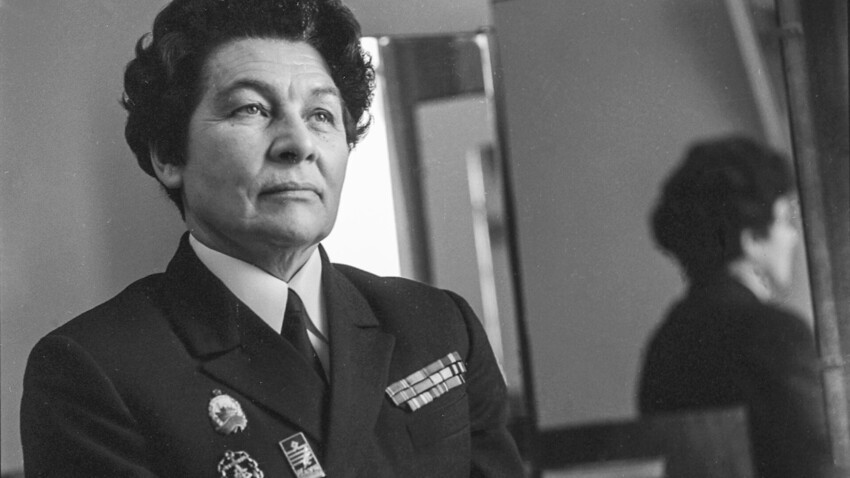
Anna Shchetinina
Georgy Zelma/SputnikIf there’s one thing that ordinary people know about being a sailor, it’s that they believe women bring bad luck on board a ship. Yet, there was one woman that not only disagreed, but showed the whole world that it wasn’t true.
“I went through every hardship of being a sailor, from the beginning to the end, and if I’m a captain of a large ocean-going vessel, every one of my subordinates knows that I didn’t come from the sea foam!” So goes one of the most famous quotes by Anna Shchetinina, the world’s first lady-captain.
Born in 1908, on the Okeanskaya station, near the Russian city of Vladivostok, Anna “fell in love” with the sea when she was 16. Her father Ivan Shchetinin was a railway switchman and worked on fishing boats during the season. Anna stepped foot on one of such boats once and instantly found an interest in everything on it.
Quite soon, she was certain she wanted to pursue a marine career so she sent an application letter to Vladivostok’s Marine College. Its head was quite impressed with the girl, but did his best to discourage her, warning of the many difficulties she’d have to endure. Still, Anna was persistent and, despite fierce competition (200 people for 40 available places), she was accepted.
This, however, was just the beginning. Even though she had good academics, the only girl in the college was immediately included in the “unpromising” list of students and didn’t receive a scholarship. To support herself, she had to sometimes work nights as a nurse, cleaner and even unload barges with other guys.
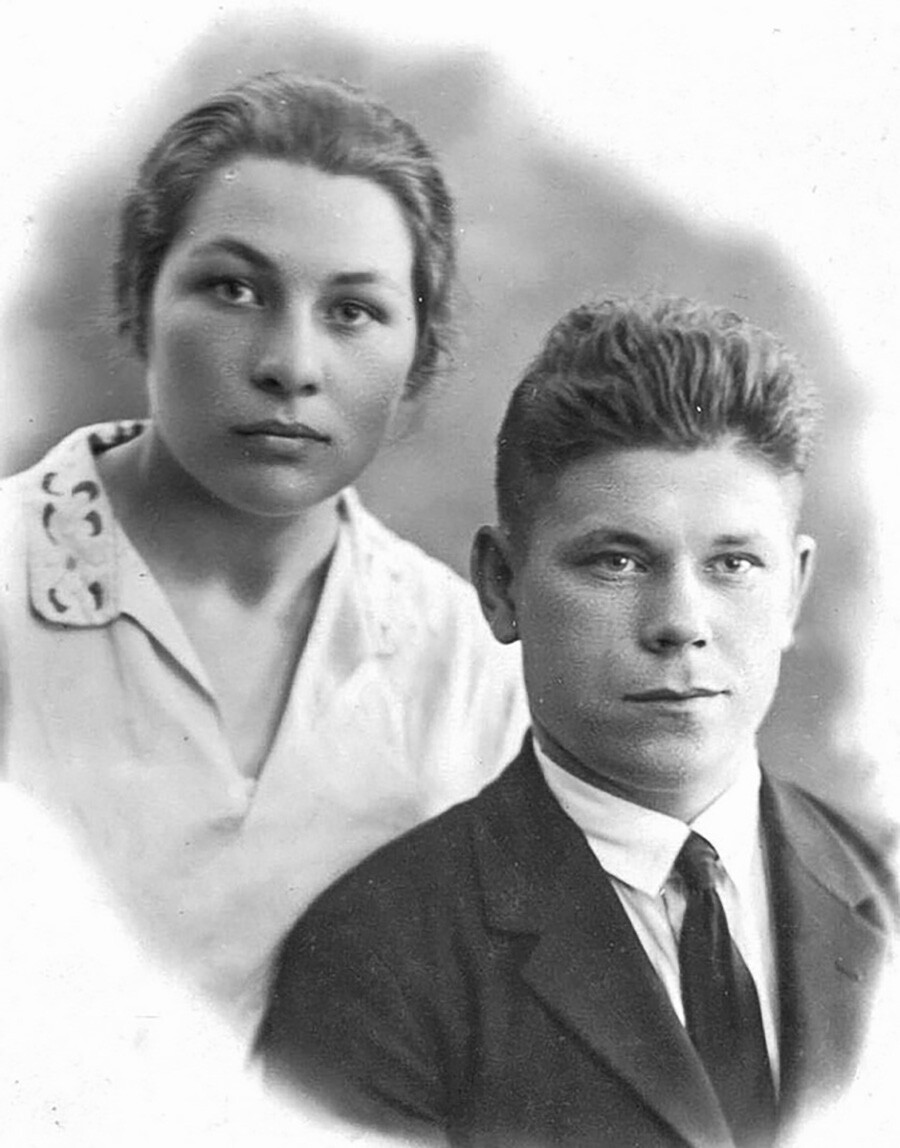
Anna with her husband Nikolai Kachimov
Public domainWhat’s more, during her practice on board, Anna was given the dirtiest and hardest work (beat the rust, clean the hold, wash paint cans). Yet, she never tried to argue - she understood that if she refused, she’d never be treated as an equal by other sailors.
After graduation in 1929, Anna started her career as a simple sailor. She then quickly became senior assistant to the captain. The turning point came in 1935, when the Soviet Union bought 12 cargo steamers in Europe. Four of them were allocated to the Kamchatka shipping company and they needed quite a few people with marine experience to transport the vessels to the Far East.
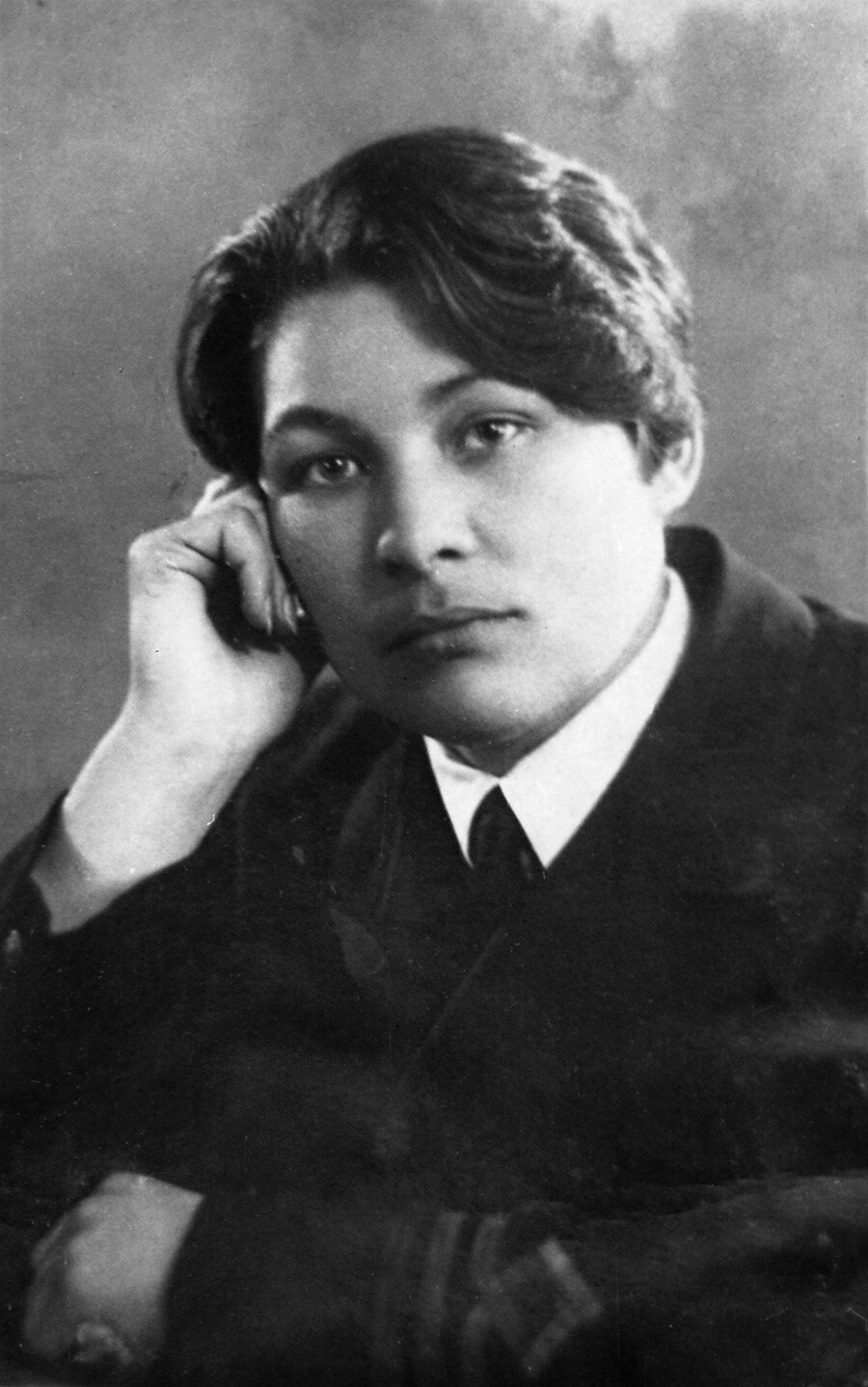
Anna Shchetinina, 1935
V. Marivosky/Sputnik“At that time, I worked as a senior assistant to the captain with almost four years of experience and had a sea captain diploma for over a year. I have worked in the Joint-stock Company Kamchatka ever since I graduated from the Marine College, so it’s no surprise that I was considered a good fit for the job… I was on a vacation, but it wasn’t hard to convince me to take the job. Work was always a priority for me,” she recalled in her book ‘On Seas and Beyond the Seas’.
Eventually, she became the first female sea captain, thanks to a chain of contingencies. Due to the lack of available captains, instead of becoming a senior assistant, she was offered to lead one of the vessels herself. “I was, of course, not only immensely happy with the appointment, but also a little proud,” she recalled.
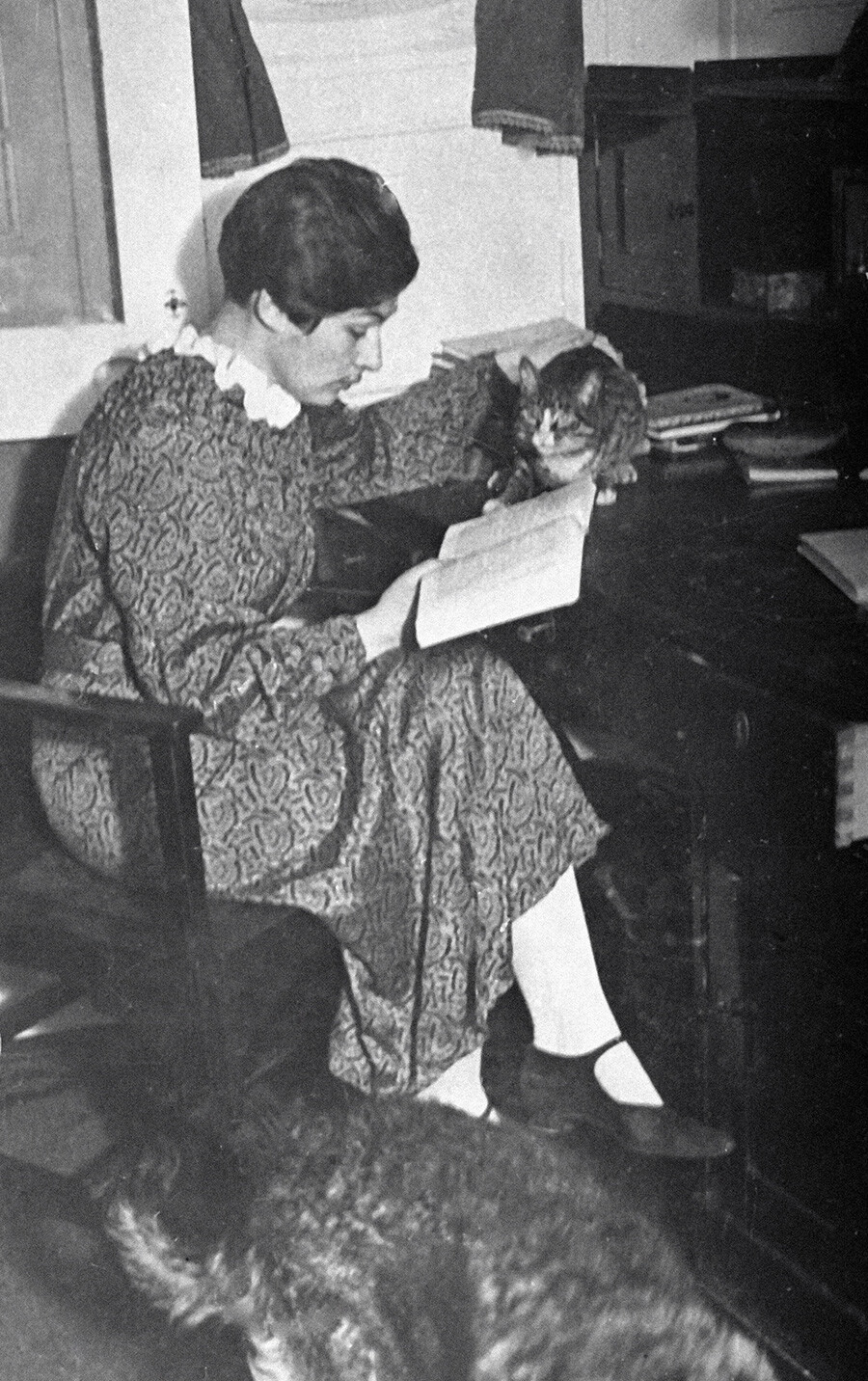
Anna Shchetinina
SputnikA few days later, a 27-year old woman in “a light blue silk hat and a gray coat” arrived in Hamburg to accept the cargo steamer ‘Chavycha’ (formerly ‘Hohenfels’). The young “lady captain” not only impressed German sailors, but quickly became a sensation in international newspapers. During the course of her journey from Hamburg to Petropavlovsk-Kamchatsky, Anna stopped in Odessa and Singapore, where the press was already waiting.
“(From journalists) I got to know that I’m the first lady captain in the world,” she later wrote. “I have to say that it was all very unexpected and unusual for me. Over the 10 years of my marine career, no one ever made a fuss about my work… On the one hand, I have to admit, it pleased my self-esteem, but on the other - I was greatly annoyed by the questions from the press.”
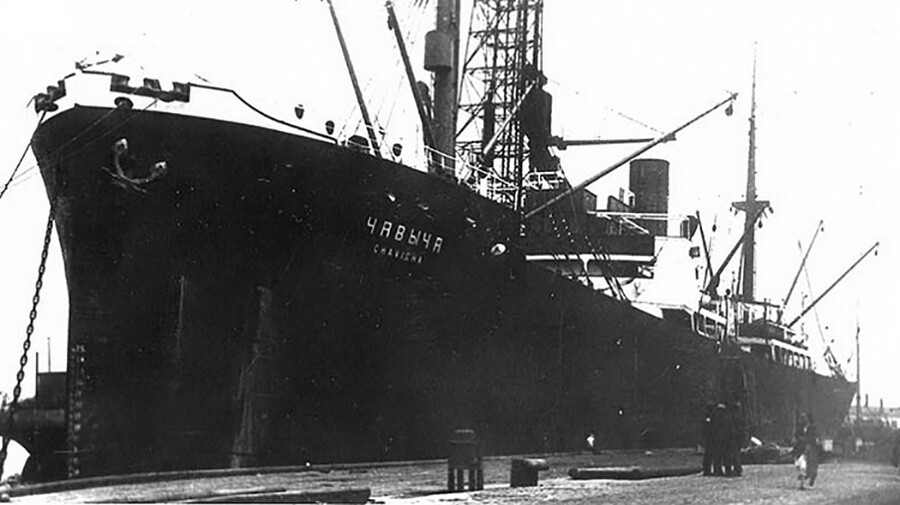
'Chavycha'
Public domainOver the next years following the first voyage, Anna and her ship transported cargo along the coast of Kamchatka, withstanding storms and freezing cold. In winter of 1936 ‘Chavycha’ got blocked by the ice and drifted for 11 days, with food and water supplies depleted. Eventually, Anna spotted a crack in the ice and managed to bring the steamer out. For that, she was awarded the Order of the Red Banner of Labour.
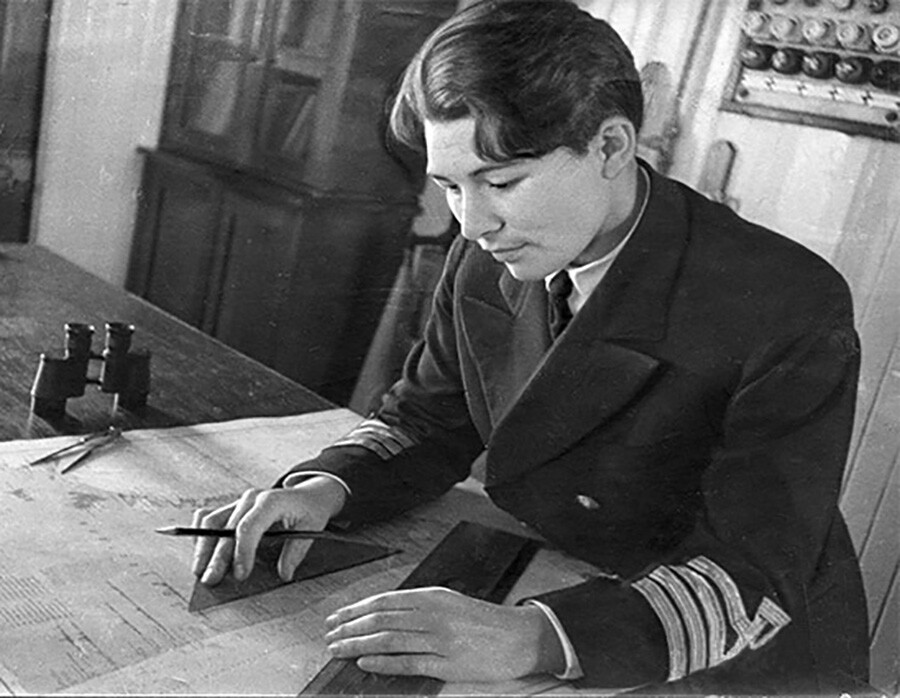
Captain Anna
Naval MuseumIn 1938, Anna Shchetinina was appointed the head of the fishing port in Vladivostok, which was basically non-existent at that time. The authorities wanted her to organize it from scratch, which she did in just six months. The fishing port still operates today.
The same year, she also entered the Faculty of Navigation at the Leningrad Institute of Water Transport, but the beginning of World War II prevented her from completing her studies. The first years of the war she spent on the Baltic, evacuating the population of Tallinn under bombing raids and transporting strategic cargoes.
In 1943, Shchetinina went back to Vladivostok, where she received a brand new U.S.-made steamer, ‘Jean Zhores’. Over the next five years, she would cross the Pacific 17 (!) times transporting military supplies and equipment from Canada and the U.S. under the Lend-Lease program.
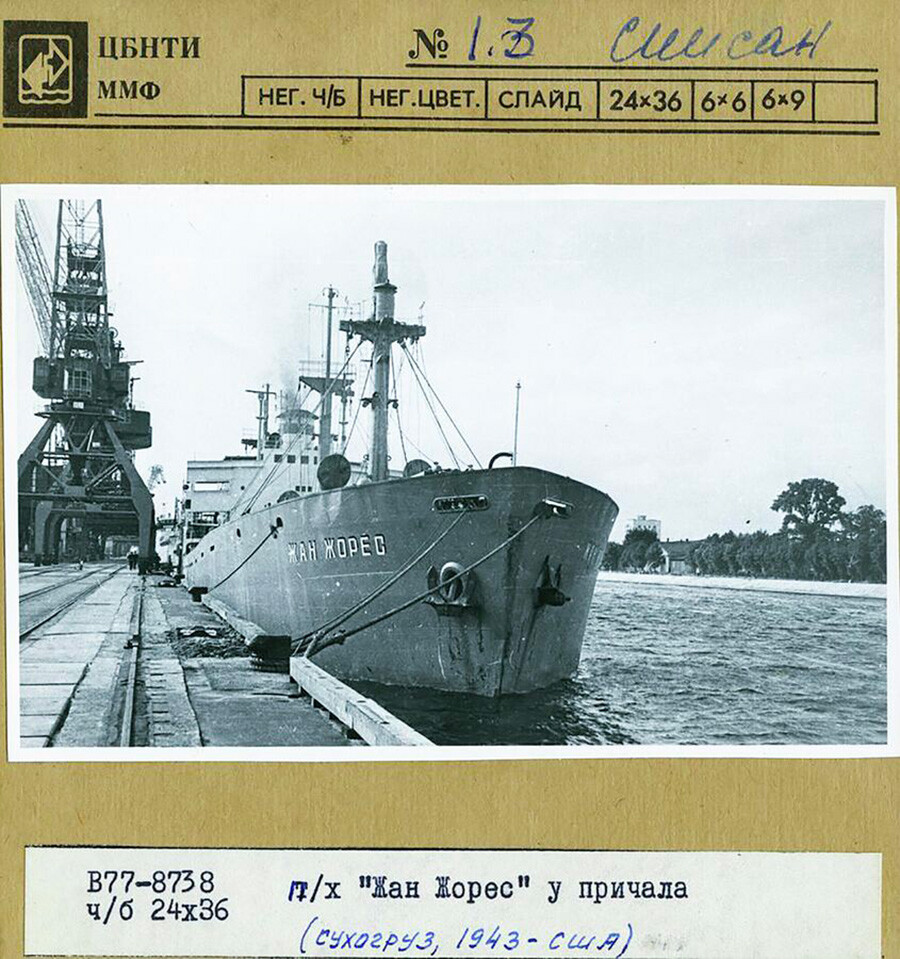
'Jean Zhores’
Naval MuseumThe ships of the ‘Liberty’ series that ‘Jean Zhores’ belonged to were excellent, but had one significant drawback - they could literally fall apart in severe storms and, in 1943, Anna’s vessel faced such a fate. ‘Jean Zhores’s hull cracked in the middle, 500 miles away from the coast and the crew had no one to help, but themselves. They drilled holes on the sides of the crack and pulled them together. This allowed the ship to successfully reach the shore.
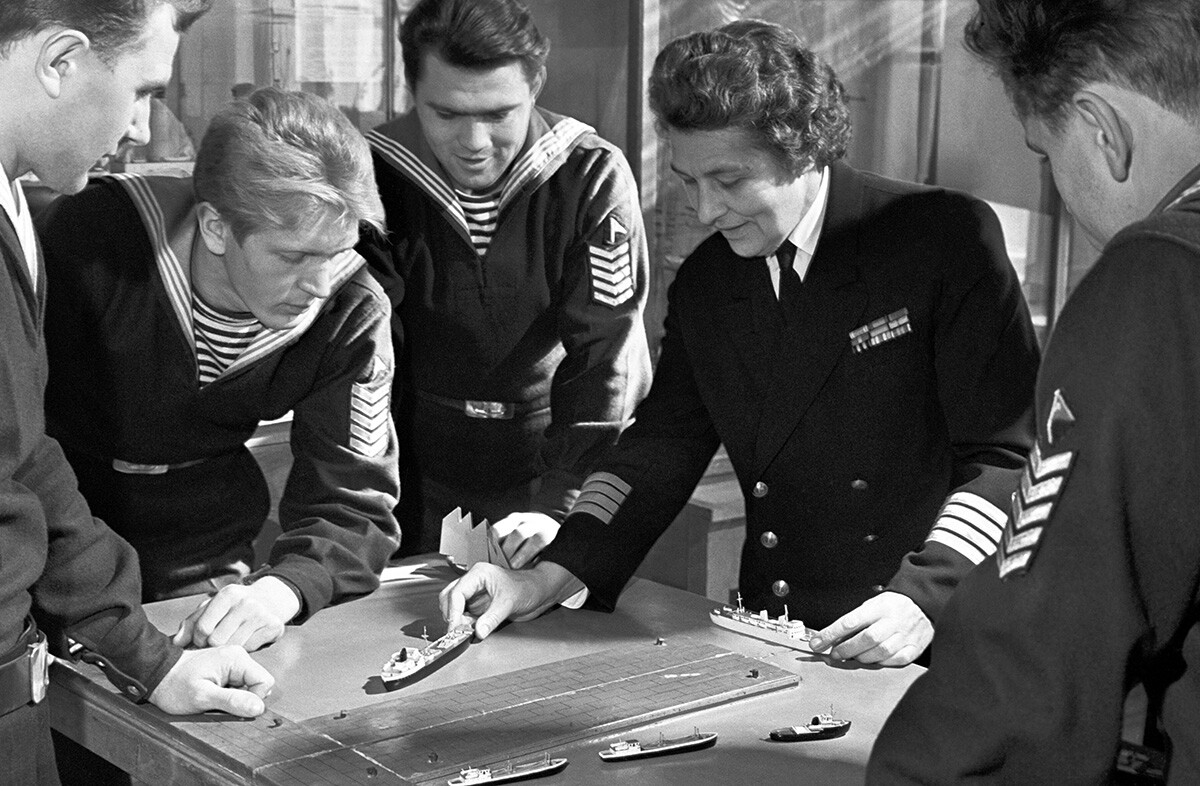
Anna with her students in Vladivostok
Yuri Muravin/TASSApart from her life at sea, Anna left a significant mark teaching in Leningrad and Vladivostok. Her former students remember her as a very strict woman, who rarely smiled. “She was very demanding, she strived to train the cadets not only to be good specialists, but also decent people,” remembers sea captain Evgeny Klimov. “She examined us very harshly, but was always fair and always stood up for the cadets. Anna Ivanovna was greatly respected by the entire institute.”
A woman of many titles and awards, Anna Shchetinina never had a proper family. In 1928, back in marine college, she married a fellow sailor and radioman Nikolai Kachimov, but, after they graduated, their careers pulled them apart, on different ships. After the war, in 1950, Nikolai died and Anna never remarried.
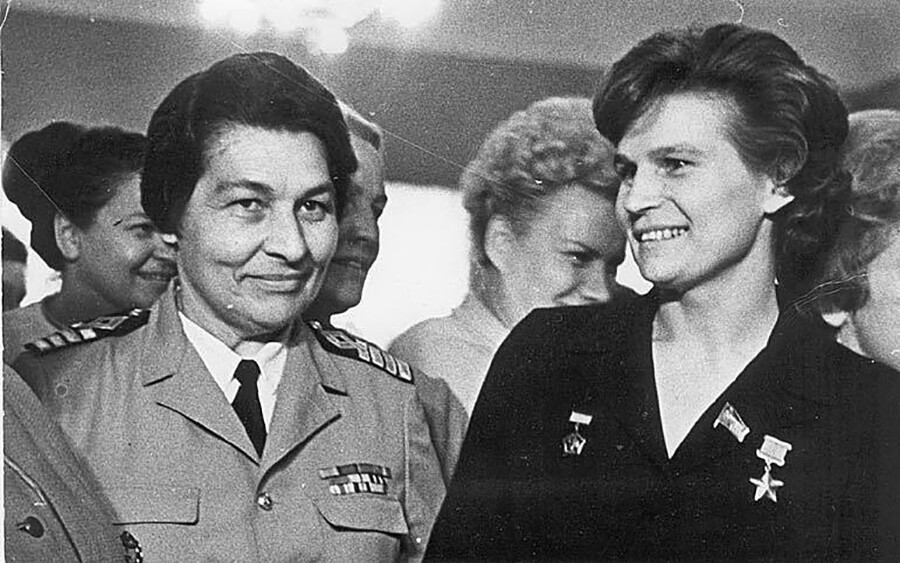
Anna Shchetinina and Valentina Tereshkova (the first woman in space) at the Congress of Women in Moscow
Public domainAt the end of her life, the “lady captain” authored two books with her memories (‘On the Seas and Beyond the Seas’, ‘On Different Sea Routes’) and transferred all documents to the local museum.
She spent all her life in Vladivostok, sailing and teaching, so it’s no surprise that the local authorities named a square, a street and a school where she studied in her honor. In addition, her name was given to a cape on the coast of the Amur Bay and one of Kuril Islands. Anna Shchetinina passed away in 1999, but her legacy keeps continues to inspire women in Russia and around the world.
Dear readers,
Our website and social media accounts are under threat of being restricted or banned, due to the current circumstances. So, to keep up with our latest content, simply do the following:
If using any of Russia Beyond's content, partly or in full, always provide an active hyperlink to the original material.
Subscribe
to our newsletter!
Get the week's best stories straight to your inbox